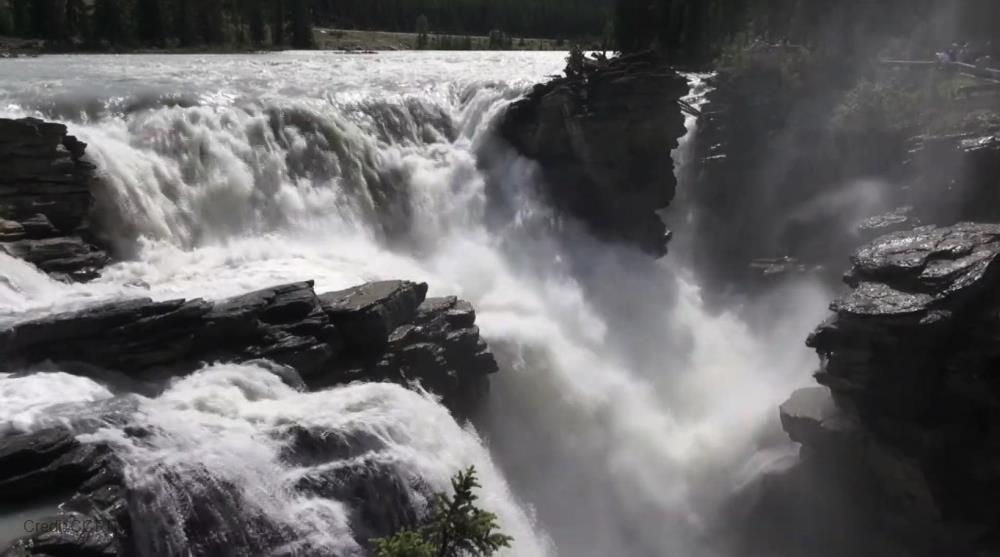
Related items loading ...
Section 1: Publication
Publication Type
Journal Article
Authorship
Li, Y., Li, Z., Zhang, Z., Chen, L., Kurkute, S., Scaff, L., & Pan, X.
Title
High-resolution regional climate modeling and projection over western Canada using a weather research forecasting model with a pseudo-global warming approach
Year
2019
Publication Outlet
Hydrology and Earth System Sciences, 23(11), 4635-4659
DOI
ISBN
ISSN
Citation
Li, Y., Li, Z., Zhang, Z., Chen, L., Kurkute, S., Scaff, L., & Pan, X. (2019). High-resolution regional climate modeling and projection over western Canada using a weather research forecasting model with a pseudo-global warming approach. Hydrology and Earth System Sciences, 23(11), 4635-4659.
https://doi.org/10.5194/hess-2019-201
Abstract
To assess the hydroclimatic risks posed by climate change in western Canada, this study conducted a retrospective simulation (CTL) and a pseudo-global warming (PGW) dynamical downscaling of future warming projection under RCP8.5 from an ensemble of CMIP5 climate model projections using a convection-permitting 4-km Weather Research Forecasting (WRF) model. The convection-permitting resolution of the model avoids the error-prone convection parameterization by explicitly resolving cumulus plumes. The evaluation of surface air temperature by the retrospective simulation WRF-CTL against a gridded 20 observation ANUSPLIN shows that WRF simulation of daily mean temperature agrees well with ANUSPLIN temperature in terms of the geographical distribution of cold biases east of the Canadian Rockies, especially in spring. Compared with the observed precipitation from ANUSPLIN and CaPA, the WRF-CTL simulation captures the main pattern of distribution, but with a wet bias seen in higher precipitation near the British Columbia coast in winter and over the immediate region on the lee side of the Canadian Rockies. The PGW simulation shows more warming than CTL, especially over the polar region in the northeast, during the cold 25 season, and in daily minimum temperature. Precipitation changes in PGW over CTL vary with the seasons: In spring and late fall for both basins, precipitation is shown to increase, whereas in summer in the Saskatchewan River Basin, it either shows no increase or decreases, with less summer precipitation shown in PGW than in CTL for some parts of the Prairies. This seasonal difference in precipitation change suggests that in summer the Canadian Prairies and the southern Boreal Forest biomes will likely see a slight decline in precipitation minus evapotranspiration, which might impact soil moisture for farming and forest fires. With almost no 30 increase in summer precipitation and much more evapotranspiration in PGW than in CTL, the water availability during the growing season will be challenging for the Canadian Prairies. WRF-PGW shows an increase of high-intensity precipitation events and shifts the distribution of precipitation events toward more extremely intensive events in all seasons, as current moderate events become extreme events with more vapor loading, especially in summer. Due to this shift in precipitation intensity to the higher end in the PGW simulation, the seemingly moderate increase in the total amount of precipitation in summer for both the Mackenzie and 35 Saskatchewan river basins may not reflect the real change in flooding risk and water availability for agriculture. The high-resolution downscaled climate simulations provide abundant opportunities both for investigating local-scale atmospheric dynamics and for studying climate impacts in hydrology, agriculture, and ecosystems. The change in probability distribution of precipitation intensity also calls for innovative bias-correction methods to be developed for the application of the dataset when bias-correction is required.
Plain Language Summary
High-resolution regional climate modeling that resolves convection was conducted over western Canada for the current climate and a high-end greenhouse gas emission scenario by 2100. The simulation demonstrates its good quality in capturing the temporal and spatial variation in the major hydrometeorological variables. The warming is stronger in the northeastern domain in the cold seasons. It also shows a larger increase in high-intensity precipitation events than moderate and light ones by 2100.


 GWFNet
GWFNet Master
Master Data
Data Research
Research Map
Map
 Advanced
Advanced Tools
Tools
 . . .
. . .
 Metadata Editor
Metadata Editor
 Record List
Record List
 Alias List Editor
Alias List Editor
 Legacy sites
Legacy sites